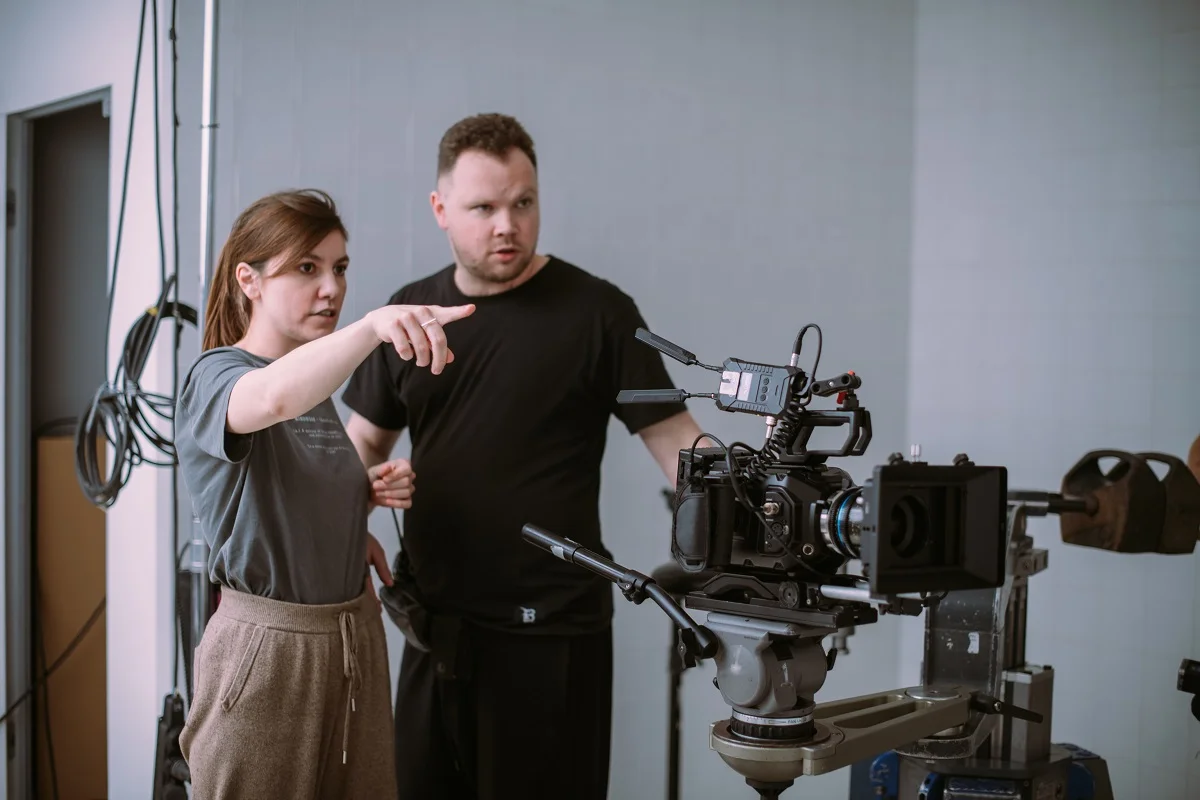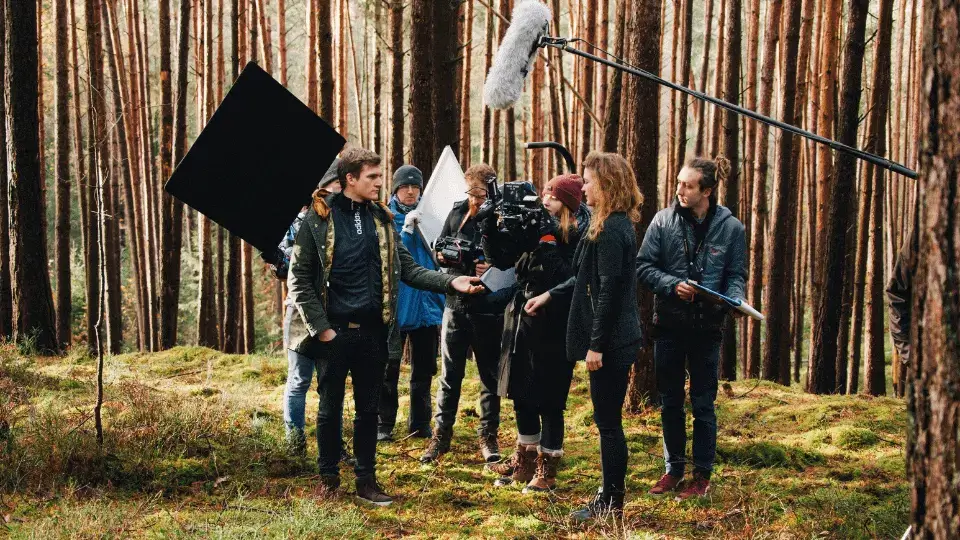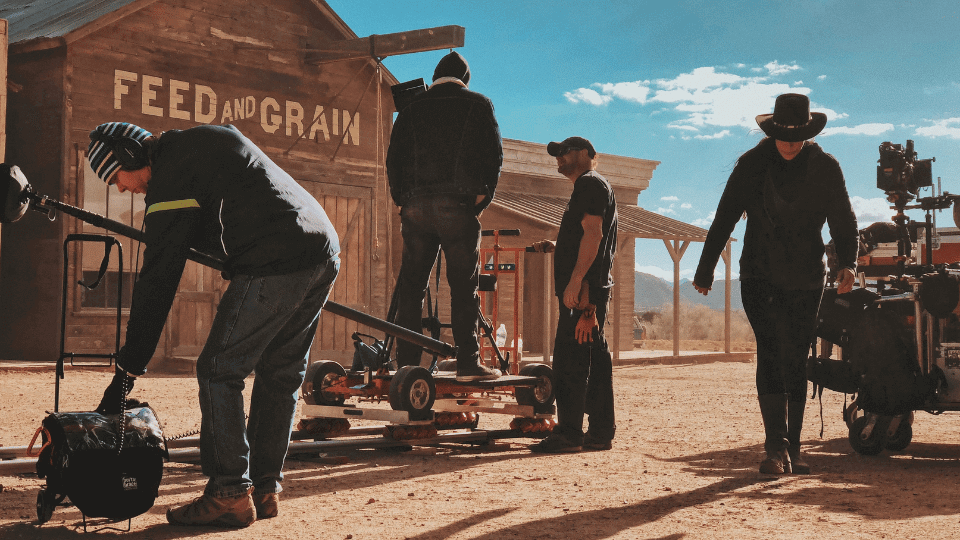Education and Career Insights to Thrive as a TV Researcher
Learn about the role of a TV researcher, the skills required, and the career prospects in this field. Discover how to become a successful TV researcher and explore opportunities in the media industry. #F8D328










